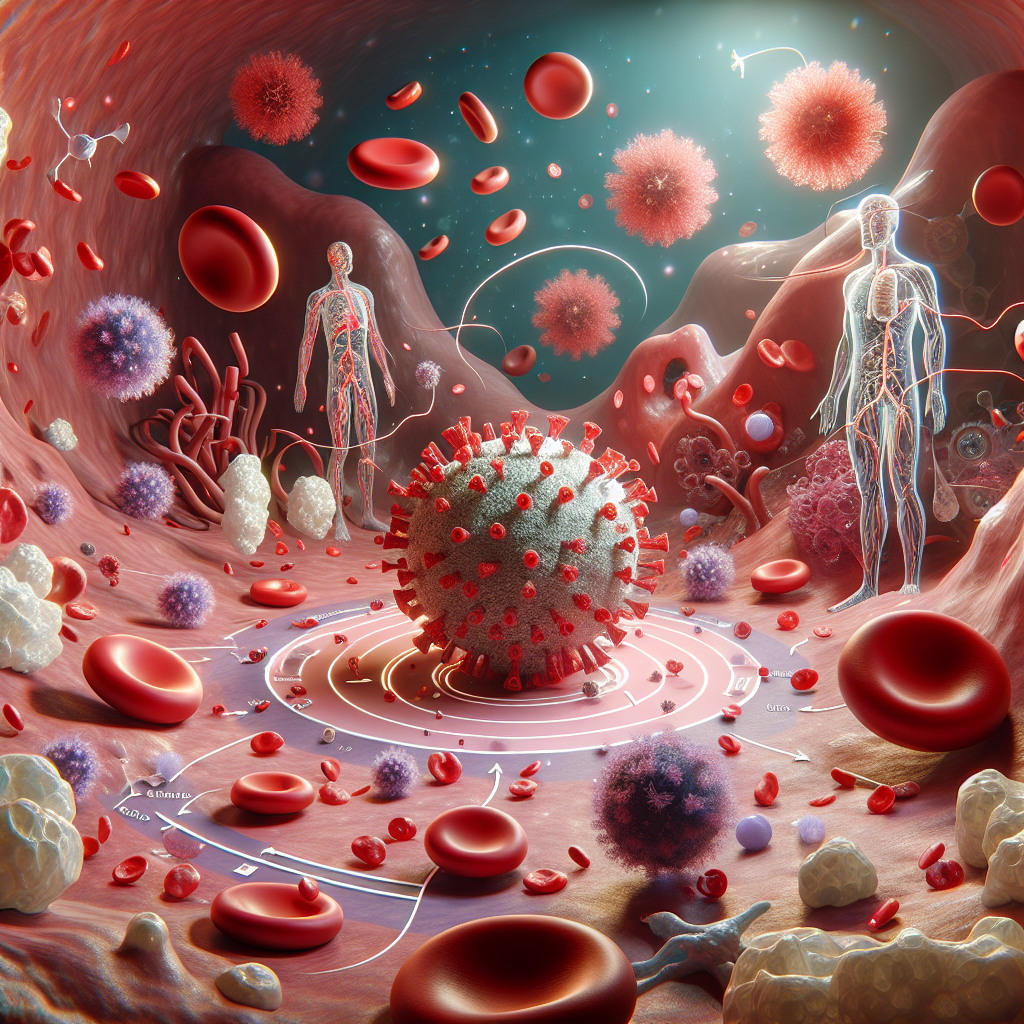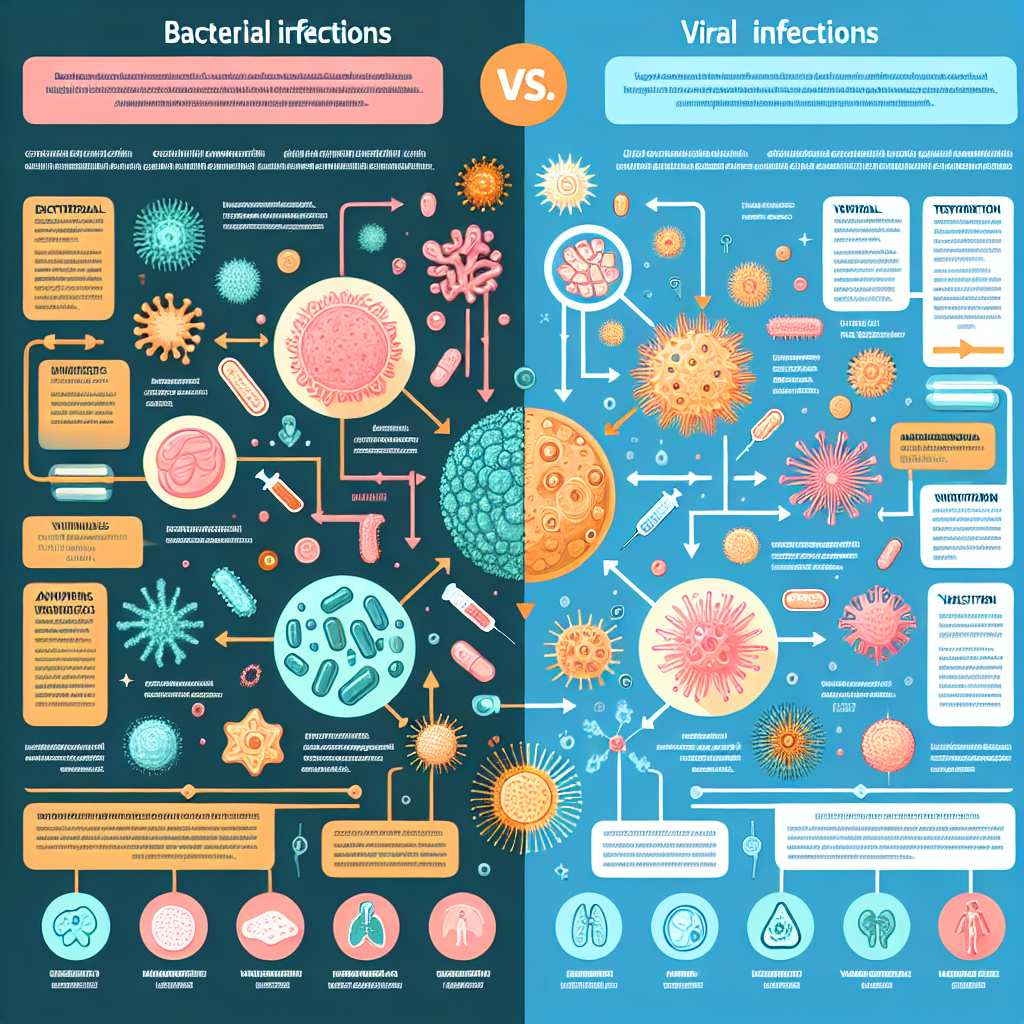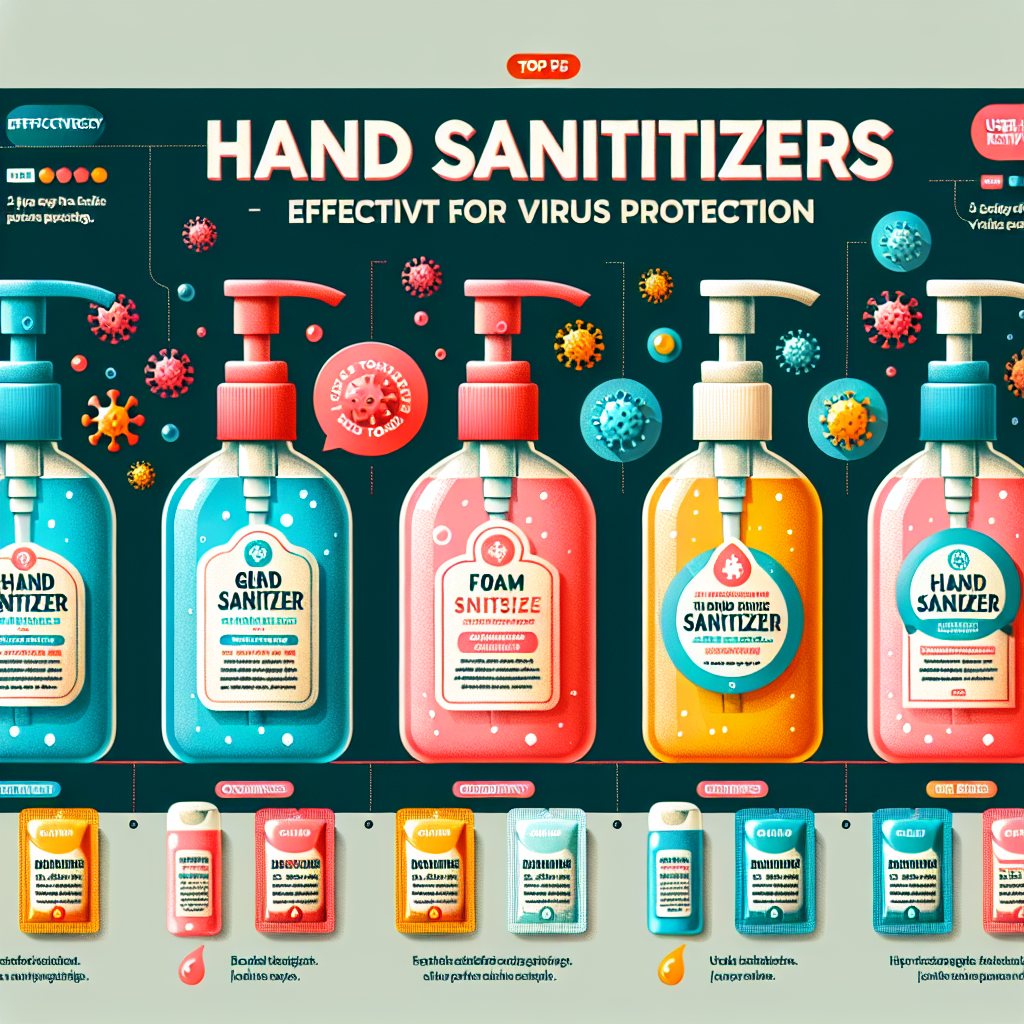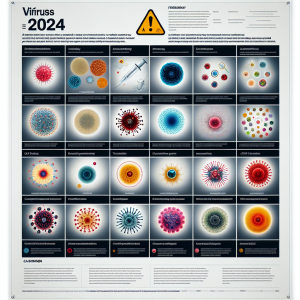How does the body fight off viruses?
Viruses are ubiquitous agents that can cause a range of illnesses, from mild colds to severe diseases like influenza and COVID-19. The human body has a sophisticated system to defend against these viral invaders, known as the immune system. Understanding how the body fights off viruses can empower individuals to take preventive measures and appreciate the intricacies of their own biology. This article will delve into the immune system’s role, key components of the immune response, the mechanisms by which cells identify and attack viruses, and the critical importance of vaccination in preventing viral infections.
Understanding the Immune System’s Role in Virus Defense
The immune system is a complex network of cells, tissues, and organs that work in concert to protect the body from pathogens, including viruses. It operates through two primary branches: the innate immune system and the adaptive immune system. The innate immune system serves as the body’s first line of defense, providing immediate, though non-specific, responses to viral infections. In contrast, the adaptive immune system takes longer to activate but generates a more targeted and lasting response, utilizing memory cells to recognize previously encountered viruses.
Upon encountering a virus, the immune system triggers a cascade of responses. When a virus breaches the body’s barriers, such as the skin or mucous membranes, it enters the host cells, where it begins to replicate. The immune system detects the viral presence through specialized receptors that identify viral components. This recognition prompts various immune cells to mobilize, aiming to eliminate the virus and prevent its spread throughout the body.
An effective immune response not only targets and destroys viruses but also induces inflammation, recruiting additional immune cells to the site of infection. This process helps to contain the virus and prevents further complications. Importantly, a well-functioning immune system is crucial for maintaining health and mitigating the effects of viral infections, underscoring the importance of understanding how it operates.
Key Components of the Immune Response Explained
The immune response encompasses a myriad of cells and molecules that work together to detect and eliminate viruses. Key players include white blood cells such as lymphocytes, which are divided into B cells and T cells. B cells are responsible for producing antibodies that neutralize viruses, while T cells directly attack infected cells. This collaboration between B and T cells is critical for creating a robust immune response.
In addition to lymphocytes, other immune cells, such as macrophages and dendritic cells, play vital roles in the defense against viruses. Macrophages engulf and digest pathogens, while dendritic cells act as messengers, presenting viral antigens to T cells and initiating the adaptive immune response. These interactions ensure that the immune response is both efficient and coordinated, maximizing the potential for viral clearance.
Furthermore, cytokines are signaling molecules that facilitate communication between immune cells. They help regulate the intensity and duration of the immune response, ensuring that it is appropriately targeted and not excessively damaging to the body. Understanding these components and their roles is essential for developing therapies and interventions aimed at enhancing the immune response to viral infections.
The Mechanisms: How Cells Identify and Attack Viruses
Cells within the immune system have specialized mechanisms for identifying viruses. Pattern Recognition Receptors (PRRs) are molecules found on the surface of immune cells that recognize specific viral patterns, known as pathogen-associated molecular patterns (PAMPs). Once a virus is detected, PRRs trigger a cascade of signaling pathways that activate immune cells and initiate the production of interferons, proteins that interfere with viral replication and spread.
Once activated, T cells engage in a process known as cytotoxicity, during which they seek out and destroy infected cells. They accomplish this by releasing perforins and granzymes—proteins that form pores in the membranes of infected cells, leading to their destruction. Meanwhile, B cells produce antibodies that bind to viral particles, marking them for destruction by other immune cells and preventing them from entering healthy cells.
Additionally, the body employs a phenomenon known as viral antigenic variation, where some viruses mutate to evade immune detection. The adaptive immune response can adapt to these changes, but this ongoing battle between the immune system and viral evolution highlights the dynamic nature of viral infections. This arms race underscores the importance of ongoing research in immunology and virology to develop more effective antiviral therapies and strategies.
The Importance of Vaccination in Virus Prevention Strategies
Vaccination plays a pivotal role in enhancing the body’s ability to fight off viruses. Vaccines work by introducing a harmless component of a virus, such as a protein or an inactivated form, into the body, prompting an immune response without causing disease. This exposure leads to the formation of memory cells that “remember” the virus, allowing for a rapid and effective response if the individual is later exposed to the actual virus.
The benefits of vaccination extend beyond individual protection; they contribute to community immunity, or herd immunity, which occurs when a significant portion of the population is vaccinated. This reduces the overall amount of virus circulating in the community, protecting those who cannot be vaccinated, such as infants or individuals with compromised immune systems. Public health campaigns emphasize the importance of vaccination in preventing outbreaks and controlling the spread of viral diseases.
Moreover, the development of mRNA vaccines, such as those used for COVID-19, has revolutionized vaccine technology. These vaccines employ a novel approach that instructs cells to produce a harmless piece of the viral protein, eliciting a strong immune response. As research continues, the potential for new vaccines to combat various viral diseases becomes increasingly promising, underscoring the critical role of vaccination in public health strategies.
In conclusion, the human body possesses a remarkable immune system that effectively fights off viruses through a multifaceted approach. By understanding the roles of key components of the immune response, the mechanisms of viral identification and attack, and the significance of vaccination, individuals can better appreciate the complexity of their immune defenses. As medical science advances, ongoing research into immunology and virology will be essential in developing innovative strategies to combat viral infections, ultimately enhancing global health and well-being. For further reading, you may explore resources from reputable organizations like the World Health Organization, the Centers for Disease Control and Prevention, and the National Institutes of Health.
Top hand sanitizers for virus protectionSeasonal flu vaccine effectivenessLatest research on virus transmissionRelevant LinkRelevant LinkRelevant Link













